What To Visit Spending 5 Nights In Vienna, Austria (In January)

Vienna, Austria: stuffed full of some of the most beautiful art, architecture and artefacts in the world, six days is nowhere near enough time to see everything the city has to offer, so these are the highlights, the things we both loved to explore and which we think you should do your best not to miss no batter how long you plan to visit for as well as a few visiting tips we think might come in handy visiting some of these palaces, churches and museums.
To further help you plan your trip, you can check out all the restaurants, coffee houses and würstelstand we thought were must visits in Vienna here, and you can find my review of our brilliant hotel – Hotel Motto – here!
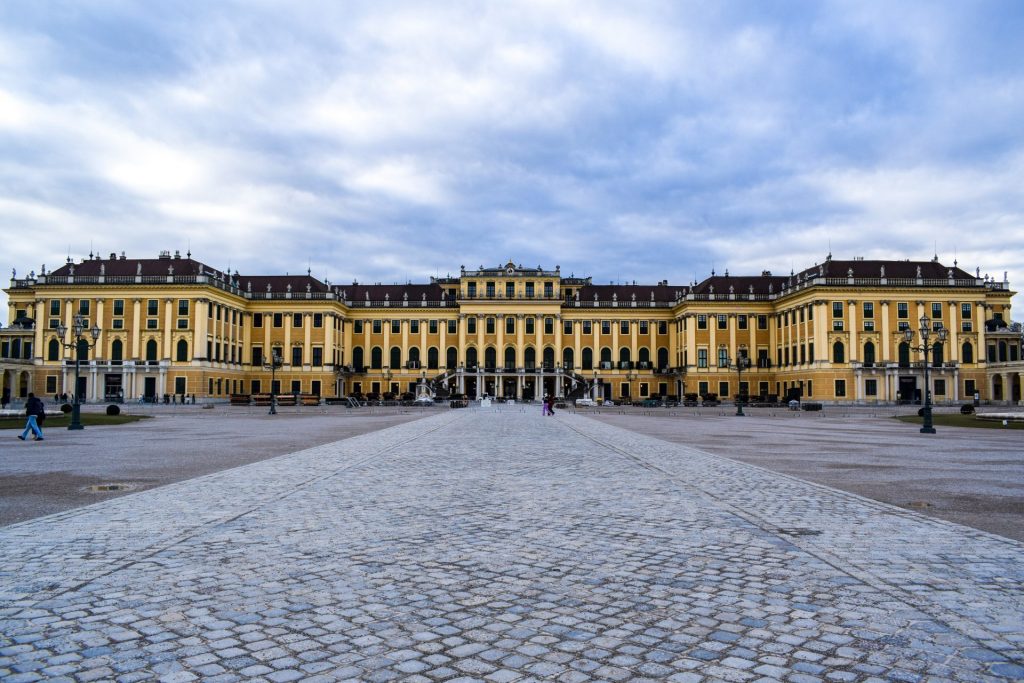


Schönbrunn Palace
If you only visit one palace in Vienna, make it the Schönbrunn. Located on the outskirts of the city, my few pictures (honestly, yes there were camera restrictions, but I was really too busy taking it all in) honestly don’t do it justice. Plan for a whole day to check out the whole of the Schönbrunn if you can (many wonders are held within its extensive gardens and parkland) but if you can only squeeze in a visit to the palace, don’t miss it as it really houses the most impressive of all the royal apartments there are to see in Vienna as well as some fantastic antiquities.
Whilst Vienna is quite walkable (though I do think I possibly overdid it trying to see as much as possible, I walked off the plane back in London with a bit of a limp!) you’ll need to plan to use the underground or grab an Uber to get to Schönbrunn as it is roughly 50 minutes walk from the other palace complex of the Hofburg where most of the other museums are located: Schönbrunn was the Habsburg’s yes sometime residence, but also out of city retreat. I’d also recommend even if like us you’re visiting in the low season to book your tickets in advance online: the ticket office is separate to the entrance, and it will mean you don’t have to queue twice! However, do note that when you buy tickets in advance for attractions in Vienna you do so with a very strict entry time: don’t be late! In high season (summer, and when the Christmas markets are on) you simply won’t be let in, though my research failed to answer if they’re a little more lenient at other times of the year – better to be safe than sorry!
There are several different tickets available and I’m really glad that Samantha recommended that we take the slightly more expensive Grand Tour: you’ll see almost double the frankly stunning and opulent rooms of the Imperial apartments, and I honestly now I’ve seen with it agree with her that the best rooms are only on this tour. If you also plan to visit the Sisi Museum at the Hofburg (do, more on that in a moment!) and the Vienna Furniture Museum you can get 25% off all three buying a combined ticket, and this does include the Grand Tour, though we paid for these separately as we both have not enough interest in furniture, and did not want to be tied down!






Schönbrunn Palm House & Desert House
Whilst Vienna’s Imperial Palaces are still well worth a visit in winter for their stunning, majestic interiors, enjoying a holiday not crammed in with many other tourists mean you’ll miss out on all the stunning formal gardens in bloom. However, there is still plenty to do at Schönbrunn once you’re done exploring the palace, and we suggest you veer right after leaving the building to go and find the Palm and Desert Houses.
A little pricy by themselves (and this is by Vienna standards where I don’t think I’ve ever paid as much to go into a museum in my life!) we got the better value combined ticket to the Palm House, Desert House and the Zoo.
The palm house is cool, a more rustic, wild version of the one at Kew (it was indeed modelled on it) and I think is worth seeing if you’ve never been to that one. However, the Desert House came as a brilliant surprise to us both, packed with fascinating reptiles (though we skirted quickly past the rattlesnake!), an adorable white gecko, several different types of tortoise, fascinating plants, one of the oldest trees in the world, and birds flitting overhead.





Schönbrunn Zoo
Next to the Palm and Desert houses is Schönbrunn Zoo, created by the Kaiser to hold his menagerie, a visit was not on our agenda but we are so, so glad the presence of koala (one of J’s favourite animals he’d never seen before) and Emperor Penguins (ditto for me) as well as polar bears led to our spontaneous trip. Honestly, Schönbrunn Zoo is one of the best zoo’s I’ve ever been to, with so much to see, even if like me you give the giant pythons a wide berth! We’d also never been this close to a tiger before, even at the Port Lympne Safari.
A few more things to keep in mind visiting in the off season: you might not get to see all the animals because of the cold, lots of the cat enclosures were closed and the bird ones were empty, but we saw this as a positive, why should the animals be made to get cold outside of their natural habitat just for our benefit? Also most of the cafes will be shut, you’ll have a choice of the Pavilion Cafe with a beautiful old ceiling but with a so-so selection of Austrian classics, or the wüstlstand which we opted for (but I did get gluhwein with my wurst!). You also won’t be able to take the little train around the park, but honestly, I think you’ll miss things out if you don’t go on foot.

Kunsthistorisches Museum
We wish we had not left our visit to Kunsthistorisches Museum until our final full day because by then we were pretty walked out, but as it is closed on Mondays, it was the only way we could make it work, and the Kunsthistorisches Museum is something you can’t miss in Vienna: forget the frankly stunning building built especially to showcase the wealth of the Habsburg’s collection to the public, but honestly I don’t think I’ve seen such a stunning, overwhelming collection of art and antiquities housed all together in one place before, even though I used to live in London with free entry to the British Museum, Natural History Museum, National Gallery, National Portrait Gallery and the V&A right at my fingertips. There is a Natural History Museum housed in a mirror building across the square from the Kunsthistorisches Museum Wien, by the way, but we skipped it as all my research told me it is not as comprehensive as our one, which I’ve spent an awful lot of research hours in!
On the top floor there is a collection of coins and money through the ages, as well as a beautiful collection of Medieval and Renaissance portraiture. However, whilst we enjoyed this as it leans into each of our special interests, in the interest of not missing the very best of what the museum has to offer, you could skip it as conserving your energy and time really is a must in this mammoth building!
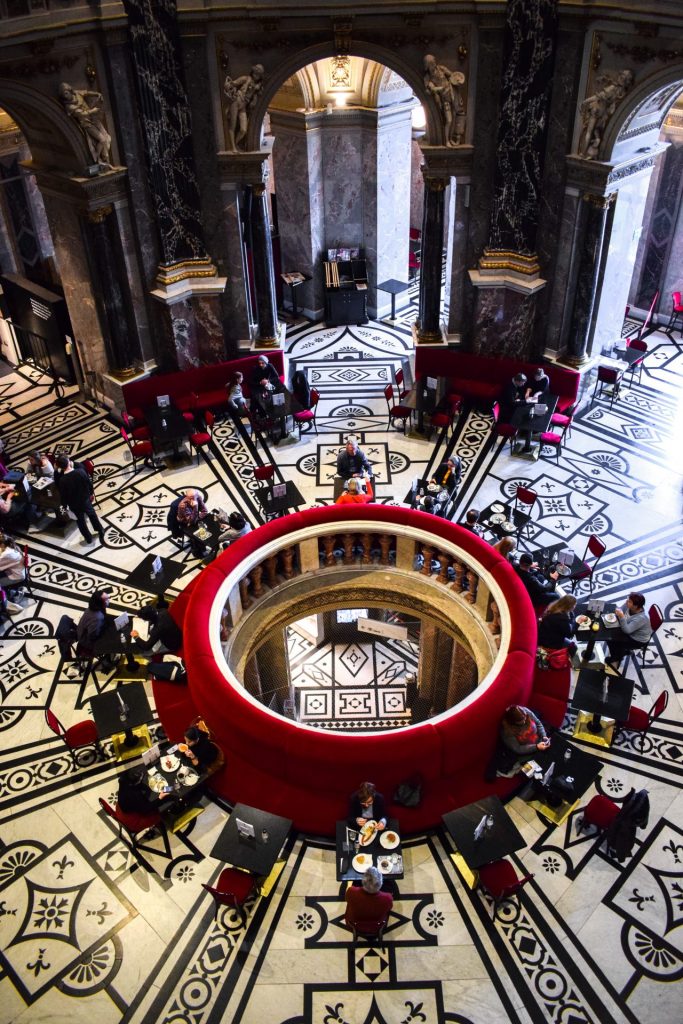
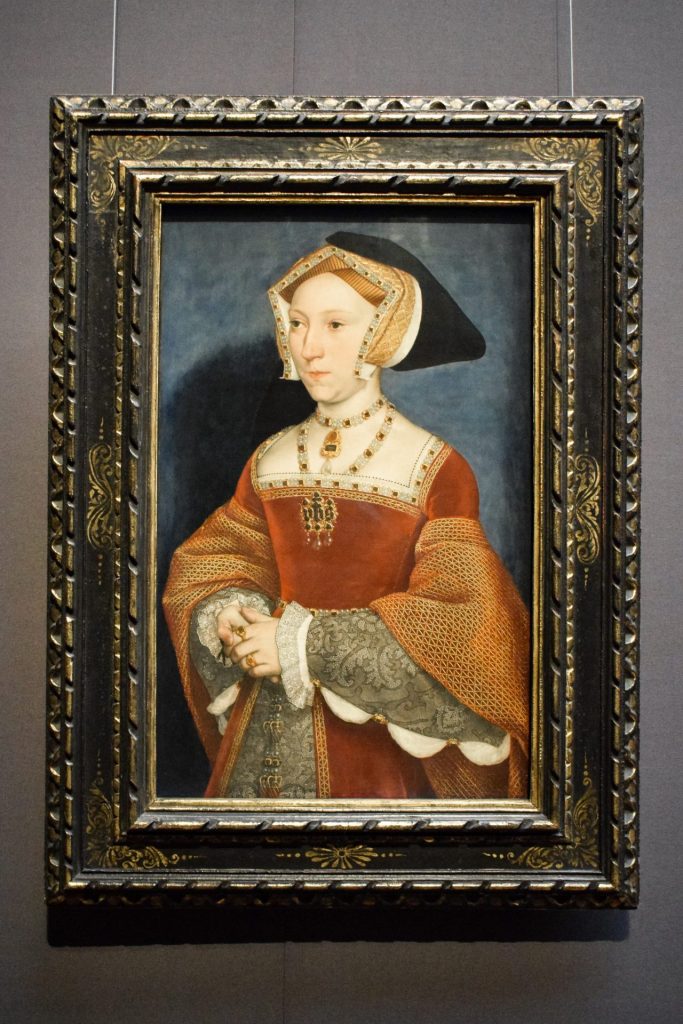
On the first floor you’ve got Vienna’s collection of European Medieval and Renaissance portraiture (all of the Austrian works are in the Belvedere, which we’ll touch in in a minute!) and even though I used to study art history, it had not occurred to me before that day how many incredible and significant pieces are housed there. Sometimes there is a special exhibition, but the two main collections are split into a Italian, Spanish and French wing and a Dutch, Flemish and German wing. Everyone has their own tastes, but for me the highlights in the mainland Europe section was finally getting to see Giuseppe Archimboldo’s Winter in person as well as several intricate Titian’s up close, and whilst everyone in the Low Country wing were there to see Pieter Brueghel the Elder’s The Tower of Babel (which granted is really impressive up close), for me I stumbled upon a painting I’ve spent many academic hours writing about and drawing studies of: Hans Holbein the Younger’s court portrait of Jane Seymore, third wife of Henry VIII. So much rich detail and understated colour up close, it was a real treat.
Moving down the opulent staircase, save the best for last by first heading into the antiquities section for artefacts and art from ancient Greece and Egypt. And, if you’re getting tired by now, this is a good time saving exercise: having studied them in great detail I enjoyed the collection of red figure Greek pottery, but I was a bit lost with everything else because inexplicably the Greek section is the only part of the Kunsthistorisches Museum that is only in German, and not also in English! I also made it quite quickly though the Egypt section: as Britain was responsible for plundering a lot of Egypt, morality of that aside it means there is one of the best Egypt collections in the world in the British Museum and this paled in comparison: I’ve also actually been to Egypt. However, not afforded the latter privilege, J did note he’d seen the best explanation he’d ever had of how papyrus was made and written on.
Finally, you can’t miss the Kunstkammer, the collection of creations and marvels collected from the Medieval period to the fall of the Habsburg’s (and then with later pieces obtained by the museum) that showcase the very best of human craftsmanship. You’ll see intricate clocks, beautiful glassware, ornate silver, the most beautiful trinkets carved from precious stones (I’d never seen so much lapis lazuli on one place before) and in a wonderfully painted vaulted room that houses what is left of Emperor Rudolph’s famous cabinet of curiosities from Prague Castle an incredible automaton of a ship, complete with miniature cannon that fire as the ship propels itself down the table as a centrepiece meant to impress the collected diners.



Sisi Museum at the Hofburg
Another set of Imperial apartments worth visiting but which you’ll be able to squeeze into a couple of hours is the Sisi Museum at the Hofburg. Your ticket will get you access to two parts of the museum dedicated to the life of the Imperial Empire’s most famous Empress Elizabeth: the royal silver and china collection which is interesting, but a bit much, and the beautiful Imperial apartments where she spent time living with the Imperial family which includes beautiful rooms, frescos, some of the first sets of working toilets in Europe at the time, and a good overview into how life for the Emperor and his Empress unfolded before being thrown into the deep end at the Schönbrunn: perhaps I was playing catch up visiting with a historian, but I found it a bit hard to keep up with unfamiliar to me history where each place we visited jumped around the timeline somewhat: focusing on one person, the Sisi museum was very helpful, and quite grounding!



Belvedere
Whilst I’m glad we went, if I had to give you one place to skip on this list it would be the Upper and Lower Belvedere Palace. Once again it is time ticketed so making sure we got there on time was a bit of a stress (it is a slight walk away from the main hub) and I think a lot of the majesty of the two imposing palaces facing each other joined by formal gardens is lost when said gardens have been bedded down for winter (you can also explore the gardens for free!)
You can get several different tickets at Belvedere: an Upper Palace ticket, a Lower Palace Ticket, and a ticket to their modern art museum: we don’t enjoy modern art all that much, so we opted for a combined ticket to the Upper and Lower Palaces. The art in each was interesting (it is where all the Austrian art in the city is housed) but the buildings themselves are not as beautiful as the Schönbrunn and the Hofburg and we were very put out to arrive to find that the Medieval collections in both palaces, the main thing we had wanted to see, were closed in both, which was not clear when I pre-booked our tickets the week before. We still enjoyed it though, and if you’re Gustav Klimt fan Upper Belvedere is where The Kiss is housed, as well as many other of his notable works.
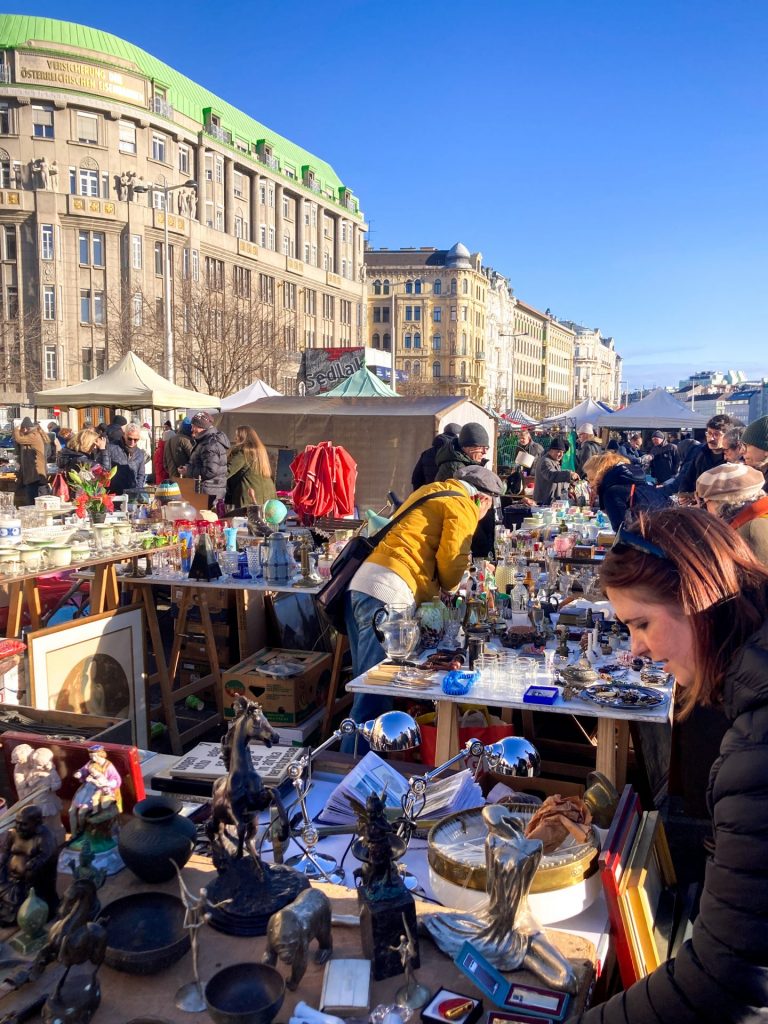

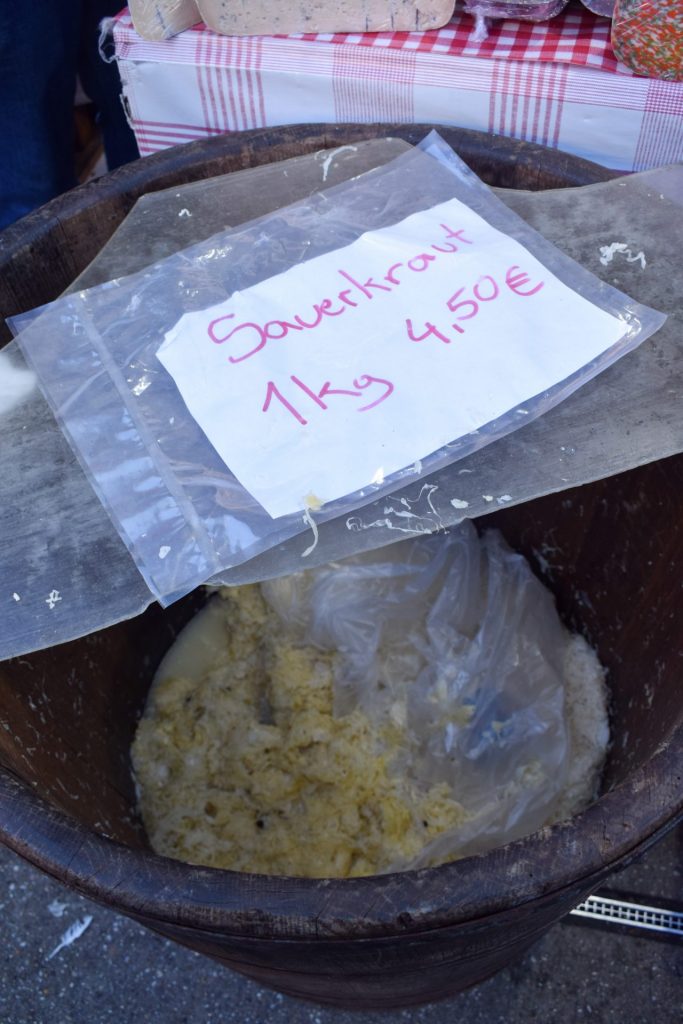


Naschmarkt
Naschmarkt, Vienna’s main food market is open Monday-Saturday, but it is on Saturday mornings you’ll want to visit to check out the fascinating flea market for unique trinkets hidden amongst the usual mountains of second hand items. We enjoyed browsing before heading into the main food market and I picked up a fascinating, beautiful painted Christmas postcard from 1916 whose purple inked message I’m looking forward to finding someone to decipher for me as the handwriting is a bit much for J to interpret. If you’ve got good German the market would also be a good place to haggle, but we also found one of those situations where sometimes it is better to pretend you’ve not seen what you’ve just seen and move very swiftly on: even though it is illegal in Austria with the penalty to do so I think is 10,000€ I’d never seen antique antisemitic caricatures for sale just meters away from a Jewish man selling antique menorah’s before, which was certainly a jarring experience.
Moving into the food market, I’d say there is not much to see in winter even in the covered market, but being a food writer, I’m always interested by what is for sale: Naschmarkt seemed the place to go for spices and Middle Eastern inspired fruit, nuts, pastries, fresh breads, cheeses, and falafel, but there were also some excellent looking restaurants there which I think would be worth heading to on a mealtime if you’re not sure what you want to eat.
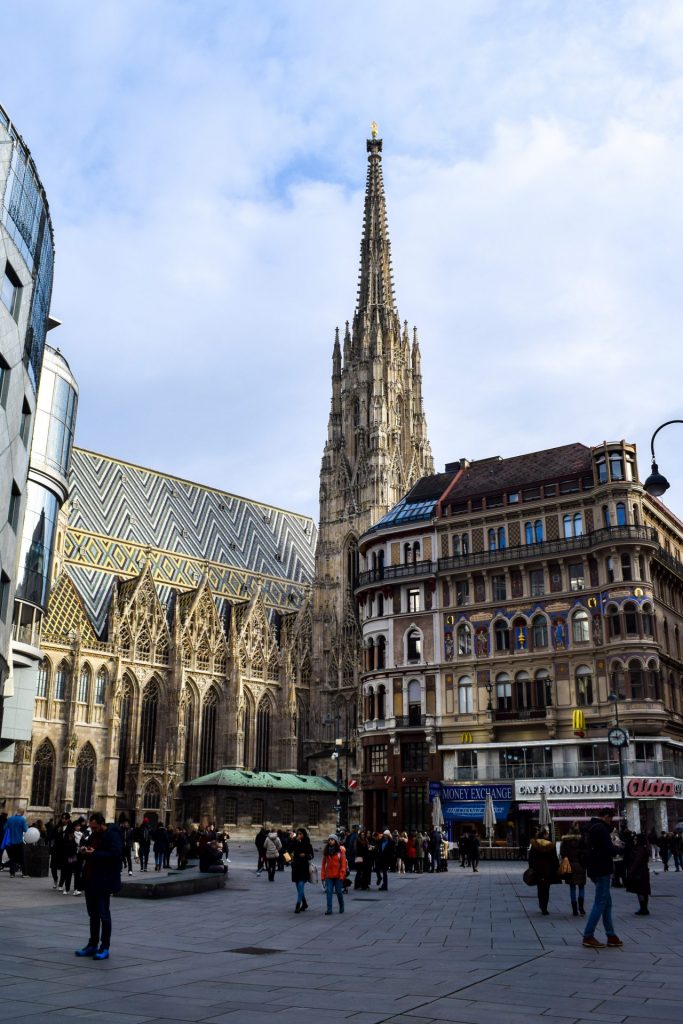


St Stephen’s Cathedral
I actually think St Stephen’s Cathedral is at it’s most beautiful on the outside where it’s gothic roof is intricately and colourfully tiles from all angles, but, unlike so many other places of sheer art and beauty you can visit in Vienna (including some other churches) it is free to enter, so do! You can also pay however to go up to the top of the Cathedral for a view out over the city, and to go down into the crypt but only if you’re in a group of 6 or more.



Karlskirche
You do have to pay to visit this church, but honestly I think it is worth it for some of the most beautiful religious frescos I’ve ever seen. We could have stayed there for hours just gazing up at them; also of note there is a small one room museum upstairs, and you can climb up to the roof for a pretty great view out over Vienna.

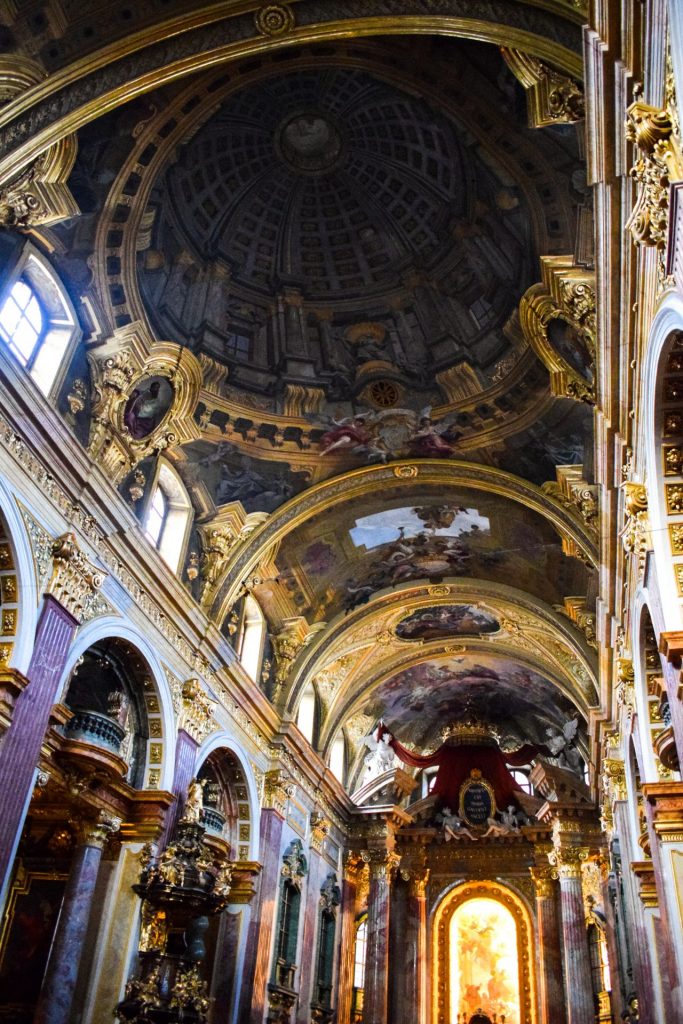
Jesuitenkirche Wien
A small side quest if you will, if like J and I you’re into beautiful churches with frescos, free to visit if you have a spare 20 minutes is the Jesuit church. As it is a lot quieter than Karlskirche and the Cathedral, take some time to sit down in one of the pews to just look up and around you in the piece and quiet away from the buzz of the city.


Capuchin Imperial Crypt
Finally, a bit of a wild card we found fascinating, but a bit of a wild card. Did you know that all of the Habsburg’s, up until the present day are buried together in the same Imperial Crypt, that you can visit and walk around in? It sounds a bit inappropriate at first, I’ll be honest, but once you realised the space was created with intention, that the former Kaisers, Emperors and Empresses built themselves intricate, ornate coffins and sarcophagi which told the stories of their great achievements and triumphs in life and that they wanted you to come and visit on so their names and glories could live on forever? And that they all chose to be buried there? Then it becomes just plain interesting.

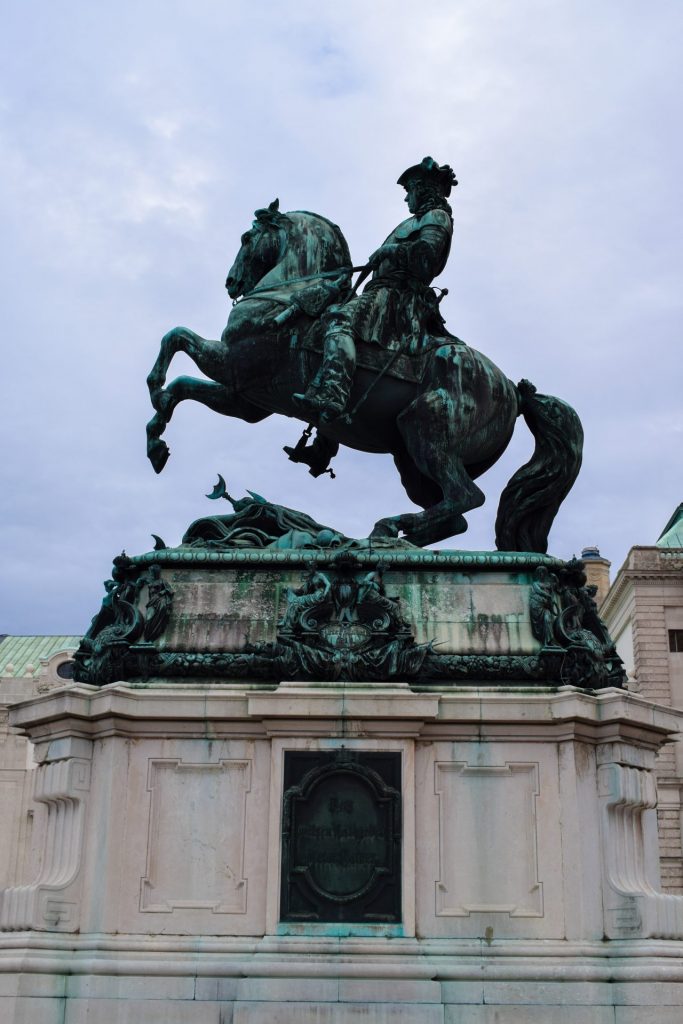
As I mentioned at the start of this post, it is impossible to see everything brilliant and wonderful Vienna has to offer just in 6 short days, but I think we managed the highlights! You can find my Vienna food and drink guide here, and my review of Hotel Motto which we highly recommend here – and if you have any more questions about our trip, do drop me a DM on Instagram!

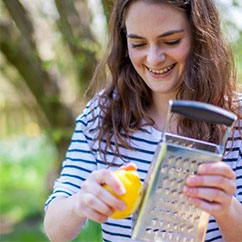




Discussion